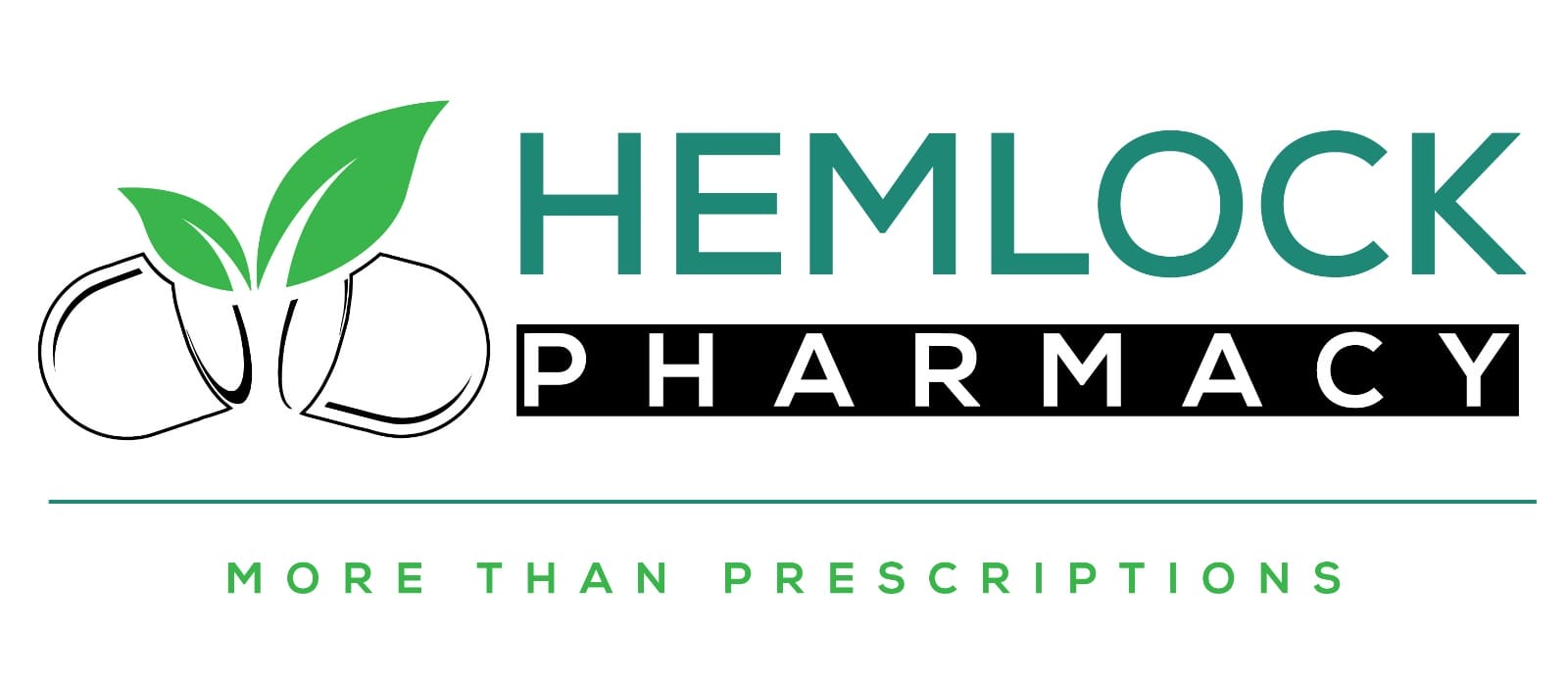Blood pressure is a critical health indicator that reflects the force exerted by your blood against the walls of your arteries. It’s typically measured using two numbers: systolic (the top number) and diastolic (the bottom number). Let’s break it down:
Normal Blood Pressure Range:
- Systolic: Less than 120 mm Hg
- Diastolic: Less than 80 mm Hg
- A normal blood pressure reading falls below 120/80 mm Hg.
Elevated Blood Pressure:
- Systolic: 120–129 mm Hg
- Diastolic: Less than 80 mm Hg
- Elevated blood pressure indicates that you’re at risk for developing hypertension (high blood pressure). Lifestyle changes are recommended at this stage.
Hypertension (High Blood Pressure):
Stage 1:
- Systolic: 130–139 mm Hg
- Diastolic: 80–89 mm Hg
- Your healthcare provider may recommend lifestyle modifications and possibly medication based on your risk factors.
Stage 2:
- Systolic: 140 mm Hg or higher
- Diastolic: 90 mm Hg or higher
- Medication and lifestyle changes are typically prescribed.
Hypertensive Crisis:
- Systolic higher than 180 mm Hg and/or diastolic higher than 120 mm Hg
- Seek immediate medical attention if you experience these extreme readings.
Which Number Matters More?
Both systolic and diastolic readings are essential, but systolic blood pressure becomes more critical for assessing heart disease risk in people over 50.
As we age, systolic pressure tends to increase due to factors like stiffer arteries and plaque buildup.
Controlling Blood Pressure Naturally: Here are practical steps to maintain healthy blood pressure:
a. Lose Extra Weight and Watch Your Waistline:
Excess weight contributes to elevated blood pressure. Losing even a small amount of weight can help lower it.
Measure your waist: Men are at risk if their waist measurement exceeds 40 inches (102 centimeters), and women are at risk if it’s greater than 35 inches (89 centimeters).
b. Exercise Regularly:
Aim for at least 30 minutes of moderate aerobic activity daily.
Walking, jogging, cycling, swimming, and dancing are excellent choices.
Strength training also helps.
c. Eat a Healthy Diet:
Embrace whole grains, fruits, vegetables, and low-fat dairy products.
Limit saturated fats and cholesterol.
Consider the DASH (Dietary Approaches to Stop Hypertension) diet, which emphasizes these heart-healthy foods.
d. Balance Sodium and Potassium:
Reduce sodium (salt) intake and increase potassium-rich foods (e.g., bananas, spinach, beans).
This balance supports healthy blood pressure.
e. Breathe Deeper:
Practice deep breathing techniques to manage stress.
Stress can elevate blood pressure, so relaxation techniques are beneficial.
f. Prioritize Sleep:
Aim for 7–9 hours of quality sleep each night.
Poor sleep can impact blood pressure.
g. Limit Alcohol Intake:
Excessive alcohol consumption raises blood pressure.
Moderation is key.
h. Quit Smoking:
Smoking damages blood vessels and increases blood pressure.
Seek support to quit if needed.
Remember, only a doctor can diagnose high blood pressure. Regular monitoring and proactive management are crucial for cardiovascular health. If you ever experience extreme blood pressure readings or concerning symptoms, seek immediate medical attention.



